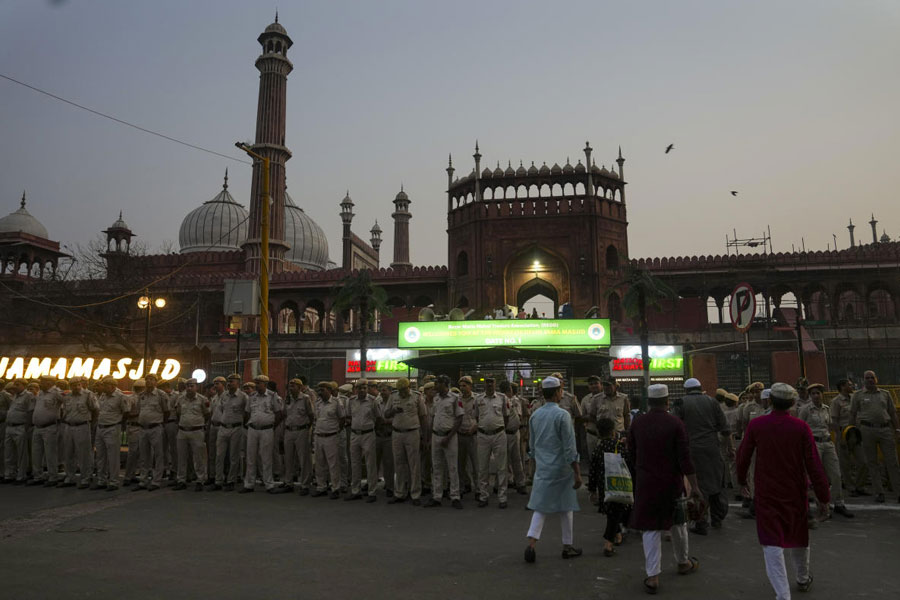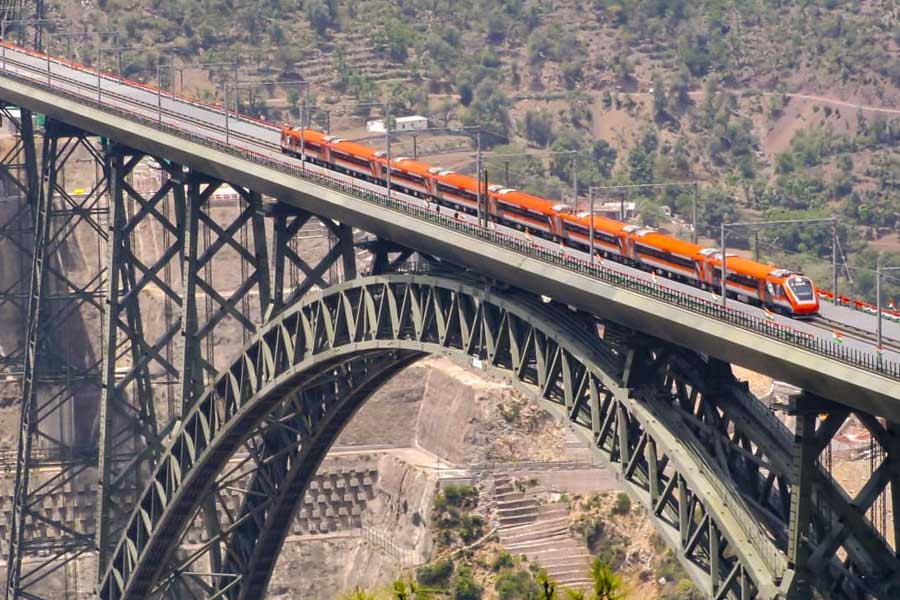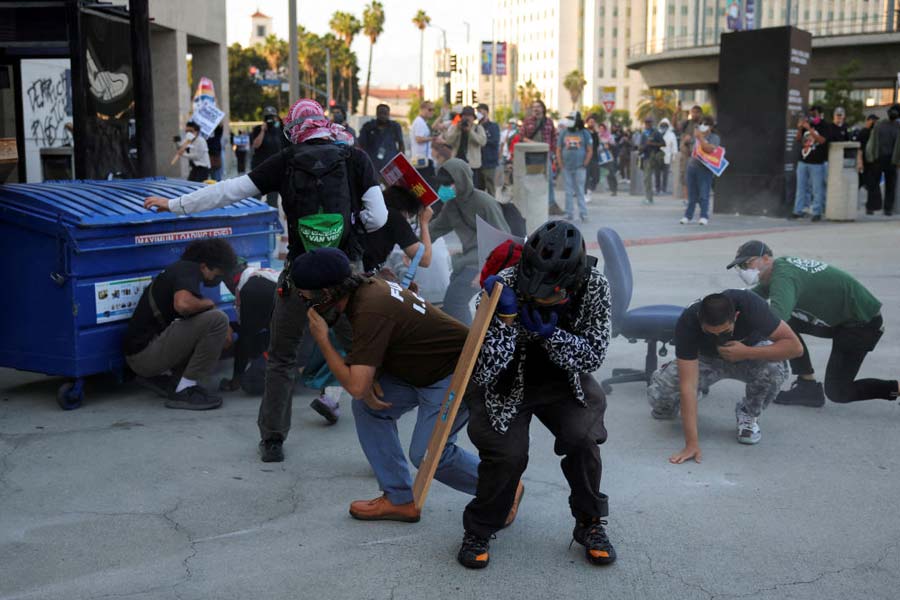Ranchi, July 23: Come September, two years of trailblazing research will give birth to a mechanism that promises to comfort a state singed by forest fires every summer.
A team of experts from the Birla Institute of Technology (BIT), Mesra, is developing an alarm to forecast infernos that destroy swathes of forestland in the dry season. The project, being sponsored by the Union ministry of science and technology, costs Rs 25 lakh. It was initiated in September 2007 and a system prototype is expected to be ready in the next two months.
“We are in the process of collating data collected over two years. The forecast mechanism will include a main controlling unit at every forest office and electronic modules installed every five kilometres. Each module will record hot wind velocity and rise in temperature. Signals will be sent to the controlling unit if aberrations are sensed. Villages surrounded by forests will also have such devices for efficient monitoring,” Manish Trivedi, a senior lecturer in applied mathematics at BIT, Mesra, told The Telegraph.
Trivedi, who is also the principal investigator of the project, said the areas most vulnerable to forest fires were in the drought belt of Palamau and Chatra, besides Hazaribagh forest division. A few other forest divisions also grapple with similar situations, though less frequently.
The forecasting system, BIT experts said, would help the forest department manage and conserve fire-prone areas more effectively. Indirectly, it would also benefit tribals for whom forest products are the only source of livelihood. “We will ready a prototype and submit the report to the state forest department for approval by September-end,” said a research team member.
According to the study, bush fires engulf large tracts of forestland in the months of March, April and May. A single forest division experiences an average of seven infernos every month. In Hazaribagh division, the figure even touched 10 in a month.
Experts have found two primary reasons — manmade and natural. Fires are manmade when forest dwellers burn bushes to pick Mahua seeds and sell them in the market. Natural fires occur when the humidity level drops — that is the weather becomes unusually dry — and the temperature is above normal. In Jharkhand, the sustainable temperature is up to 38°C. If the mercury soars above this mark, forests become more susceptible to natural fires.
But despite fires playing havoc with the state’s ecology, the forest department seldom maintains a record.
The Centre-sponsored project titled “Development of forest fire forecasting system for Jharkhand using statistical model and geo-information system” promises to compile data on a regular basis.











